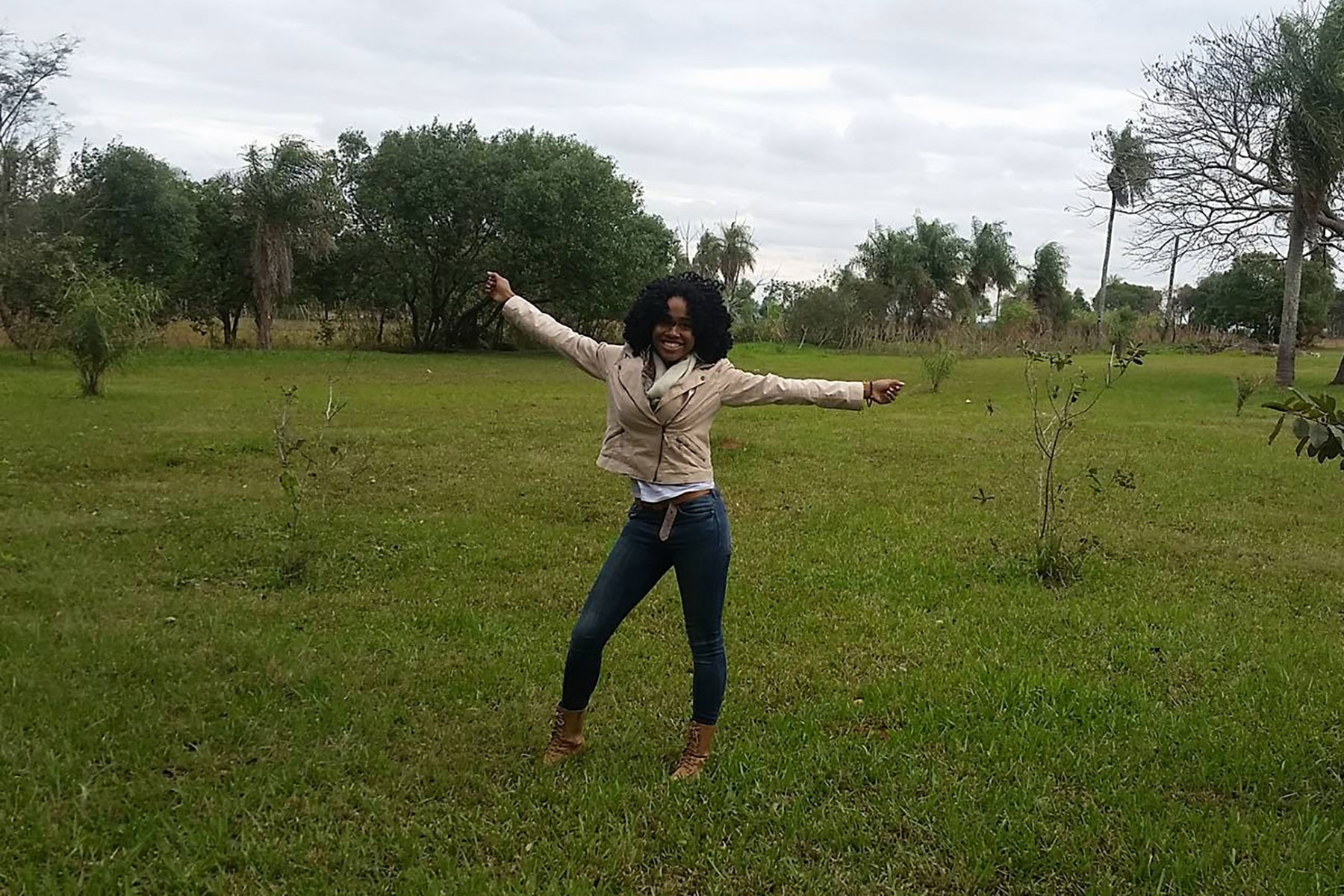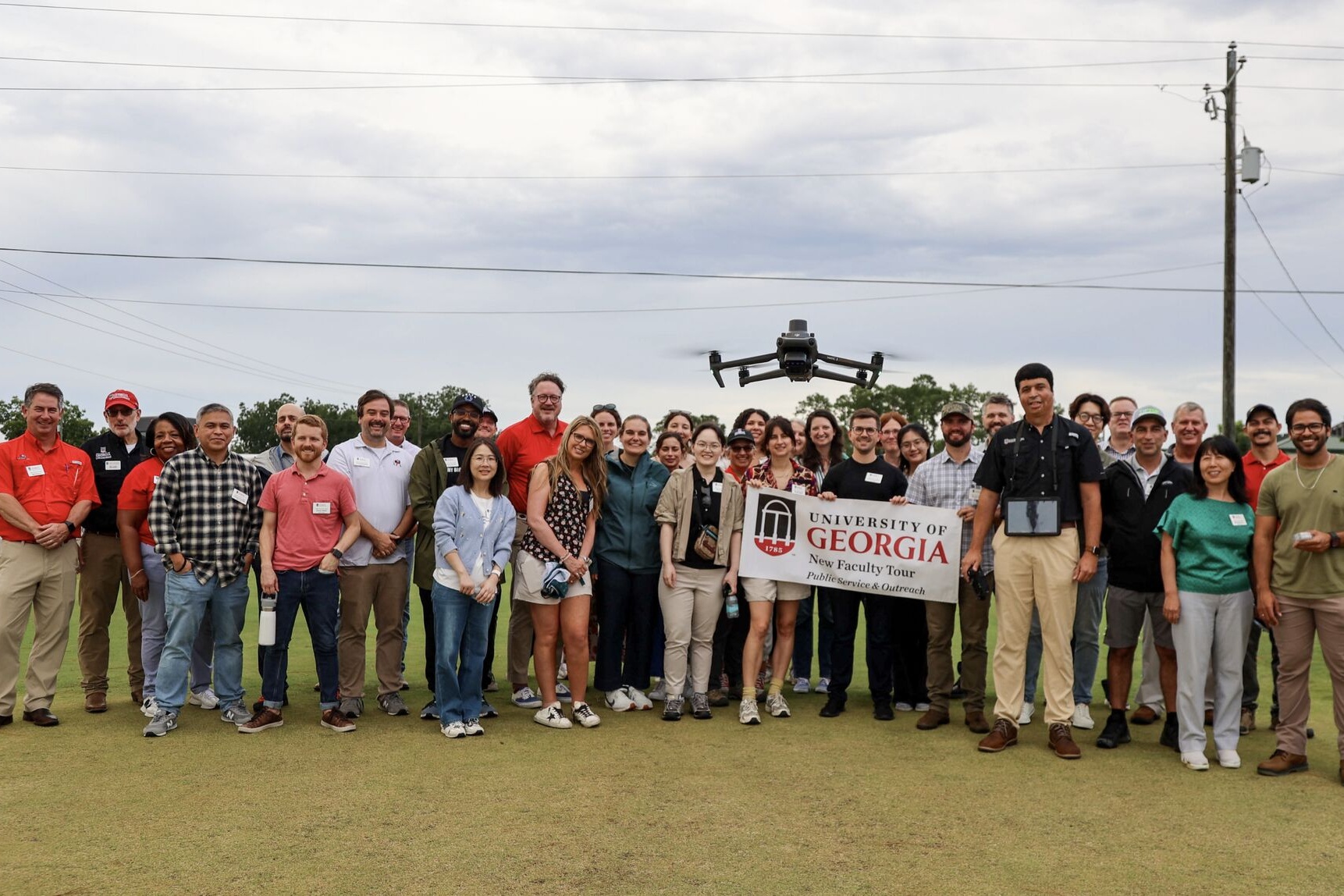Nut grass is a hard weed to control in the landscape.
Of about 20 plants in the sedge family in eastern North America,
the genus Cyperus contains the worst weeds. The two most notable
of those are yellow (Cyperus esculentus) and purple
(Cyperus rotundus) nutsedge.
The weeds we commonly call nut grass are the most common sedges
encountered in the landscape. They’re both herbaceous perennial
plants that reproduce mainly from tubers.
Selective Herbicides
Selective herbicides are products that kill targeted weeds but
don’t hurt the plants from which you’re trying to remove the
weeds.
Three of these chemicals can control yellow or purple nutsedge in
the landscape. Unfortunately, none will effectively control them
both.
- Pennant (metolachlor) controls yellow nutsedge when
applied before the weeds emerge. The other two products work best
when applied after the weeds start growing. - Basagran T/O (bentazon) is best at controlling yellow
nutsedge in certain ornamentals. - Image (imazaquin) can control purple nutsedge in
select ornamentals.
Know the Difference
With no herbicide able to selectively control both sedges, it’s
important to apply the right chemical to the right sedge. So you
have to be able to tell the difference between yellow and purple
nutsedge.
When they’re flowering, these plants are easy to distinguish.
Many times, however, you’ll find nutsedge plants that aren’t
flowering. Then you’ll have to look at the leaves.
Besides having yellower flowers, yellow nutsedge has leaves with
pinched tops. The leaf tips of the darker-flowered purple
nutsedge are keeled (just like a boat).
Timing Important, Too
Applying a herbicide at the proper time is important for
controlling sedges, too.
With preemergent herbicides, control will be poor if the product
is applied after the plant is emerging. Pennant won’t provide
good control of yellow nutsedge after the leaves are out of the
ground.
For the postemergent control of yellow and purple nutsedge, apply
the proper herbicide after the foliage has emerged and the leaves
are at least 4 to 6 inches long. This will provide adequate
foliage so the plant can absorb the herbicide.
Apply Herbicides Properly
With Basagran T/O, herbicide symptoms should appear in three to
five days. With Image, the weeds should begin showing the effects
in 7 to 14 days. Follow label directions carefully for both
products.
These products can be applied over the top in a few ornamentals.
Basagran T/O, mixed 5 teaspoons to 1 gallon of water, treats
1,000 square feet of ajuga, English ivy, liriope, mugo pine and
pachysandra.
Image DG, mixed a half-ounce to 3 gallons of water, can treat
yucca, juniper species (see the label), liriope and pachysandra
— spray to wet the nutsedge leaves.
Two nonselective herbicides can also be used to control yellow
and purple nutsedge. These products must be carefully directed to
the weeds, since they can injure desirable plants, too.
- Manage (halosulfuron) is a relatively new postemergent
product for controlling both yellow and purple nutsedge in turf.
It can be used, too, to control yellow and purple nutsedge in
established woody ornamentals. - Roundup (glyphosate) can also control yellow and
purple nutsedge, but must be used carefully.
With all herbicides, be sure to read and follow the label
directions carefully.
Nonchemical Controls
You can also do other, nonchemical, things to help control
nutsedges.
These plants aren’t good at competing with other plants for
light, space and nutrients. So it’s important to use some type of
mulch to cover bare soil. This will help reduce nutsedge
infestations in ornamental beds.
Regular hand weeding and cultivating, if you can do it, can help
reduce nutsedge populations, too.



